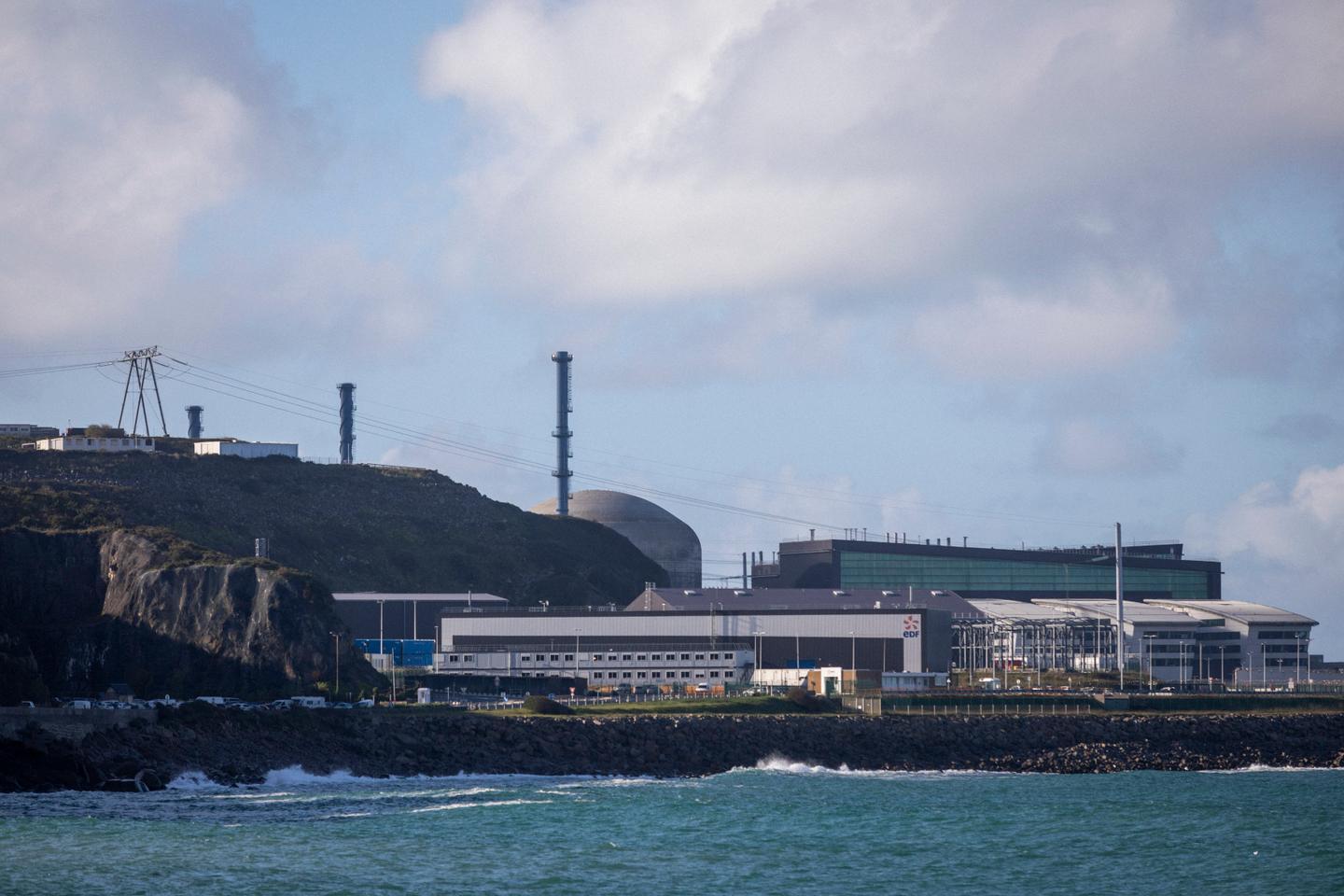- cross-posted to:
- [email protected]
- cross-posted to:
- [email protected]
Summary
France’s Flamanville 3 nuclear reactor, its most powerful at 1,600 MW, was connected to the grid on December 21 after 17 years of construction plagued by delays and budget overruns.
The European Pressurized Reactor (EPR), designed to boost nuclear energy post-Chernobyl, is 12 years behind schedule and cost €13.2 billion, quadruple initial estimates.
President Macron hailed the launch as a key step for low-carbon energy and energy security.
Nuclear power, which supplies 60% of France’s electricity, is central to Macron’s plan for a “nuclear renaissance.”



Is that including all known deposits? Or just the amount in current mines?
It’s based on what can actually be used.
https://world-nuclear.org/information-library/nuclear-fuel-cycle/uranium-resources/supply-of-uranium
(Note this is a *pro-*nuclear power organization.)
New technology may change that. We were once told that the oil in the Canadian tar sands was not economical enough to extract and now they’re extracting it. The paper also discusses the possibility of thorium as a fuel source, although it has yet to see commercial viability.
As-is, and with current reactors, we don’t have much we can use. Relying on new technology to change that could be a poor gamble.